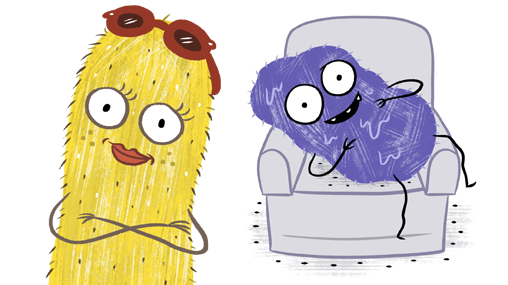Why the World Needs the Society for Pediatric Pain Medicine
An interview with Dr. Rita Agarwal, Clinical Professor of Anesthesiology at Stanford and founding member of SPPM
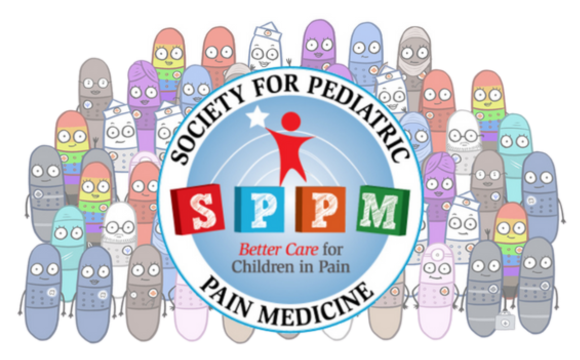
Jody Thomas, PhD
Babies & Toddlers (0-2) Kids (3-11) Tweens & Teens (12+) Provider Acute Pain Chronic Pain Procedural Pain English
Share this:
Kids’ pain isn’t just a momentary struggle. When pain is treated poorly, it leaves a lasting impression—on their health, mental well-being, and trust in doctors. It also strains the entire healthcare system, leading to more emergency visits, longer hospital stays, and escalating costs—basically, a whole lot of awfulness that could have been prevented. And for far too long, pediatric pain hasn’t gotten the attention, research, or resources it deserves. That’s exactly why the Society for Pediatric Pain Medicine (SPPM) came to be.
We caught up with Dr. Rita Agarwal, a powerhouse in the pediatric pain world and one of SPPM’s founding members, to talk about how the organization came to life, why it matters, and how providers and families can help shape its future.
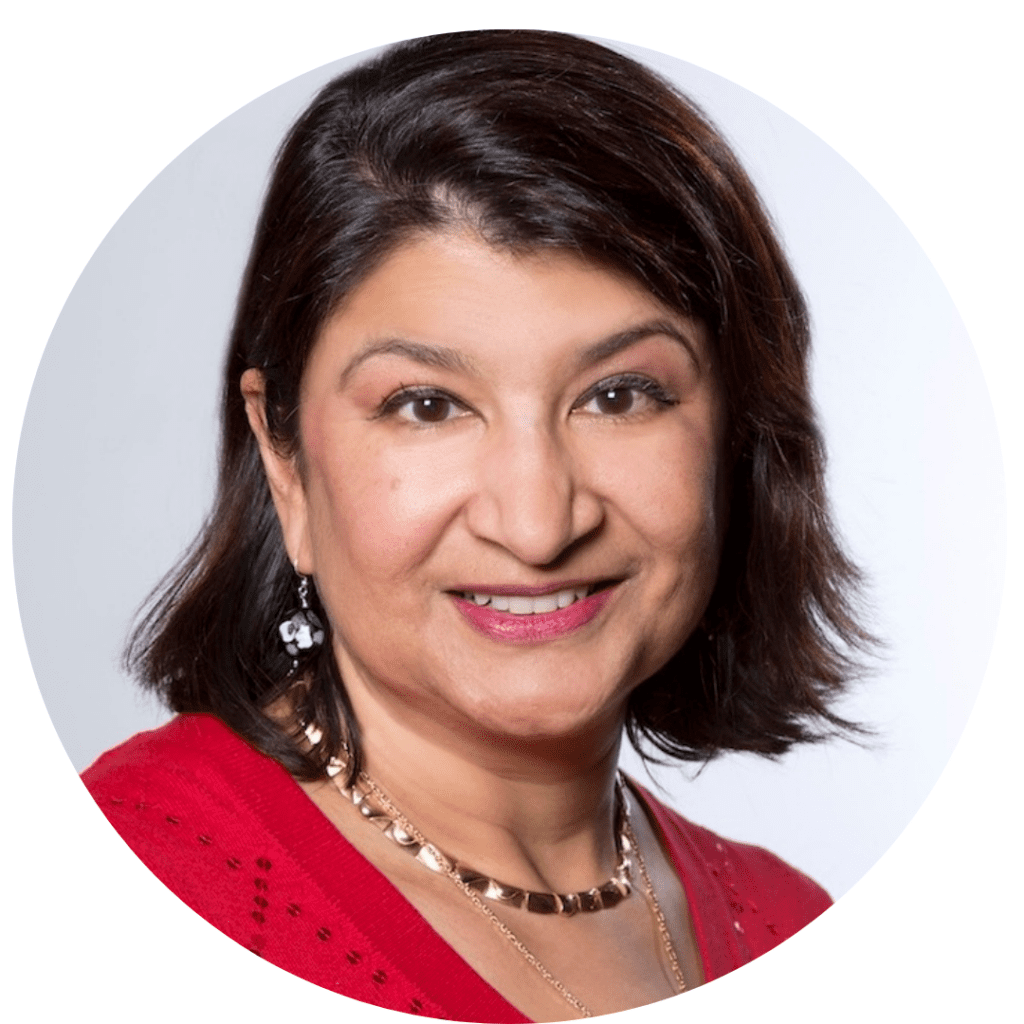
Dr. Rita Agarwal is a rockstar in the world of pediatric pain. She’s a Clinical Professor of Anesthesiology at Stanford, Past President and founding member of the Society for Pediatric Pain Medicine (SPPM), and has held leadership roles across the American Academy of Pediatrics (AAP) and Society for Pediatric Anesthesia (SPA). Her passion for improving pain care for kids spans education, advocacy, and policy, with a particular focus on dental anesthesia safety, opioid stewardship, and substance use prevention. We’re lucky to have her on the Meg Foundation Advisory Board!
How It Started: Filling a Gap That Was Too Big to Ignore
For years, pediatric pain specialists—mostly anesthesiologists at the time—saw the same problem: children’s pain care wasn’t keeping up. While adult treatments were evolving quickly, pediatric programs lagged behind. Many were stretched thin, under-resourced, or simply didn’t exist. Clinicians were doing their best to treat complex pain with little support and few tools.
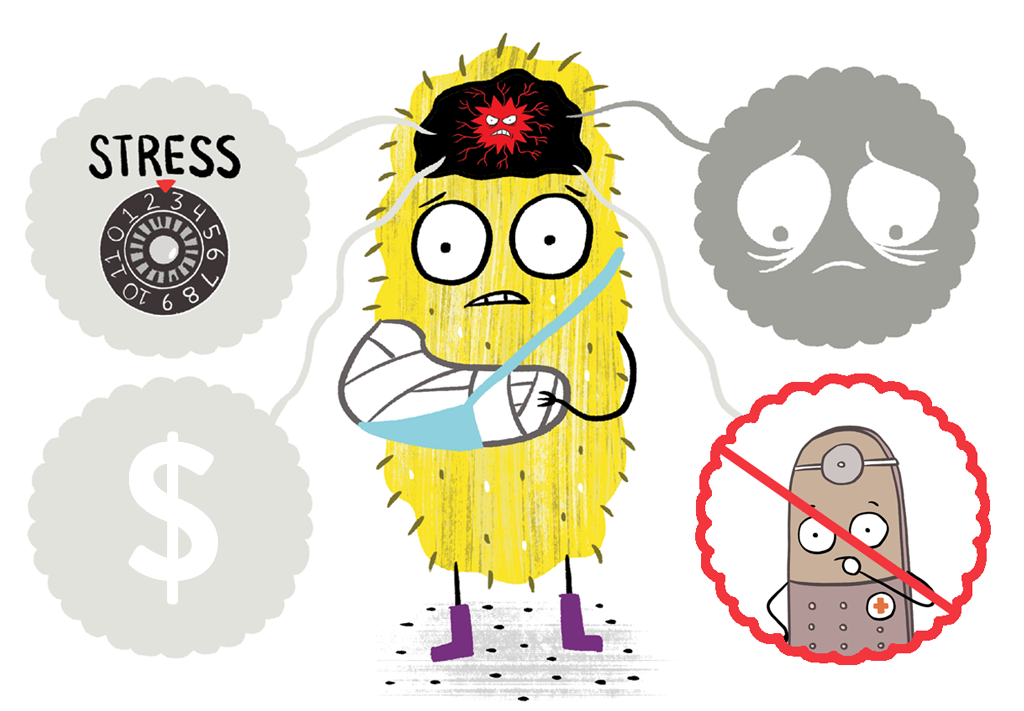
We were all managing complex pain cases but struggling to stay on top of the latest treatments,” Rita says. “There was so much growth happening in the field, but not a lot connecting us.
So, a group of providers—including Drs. Sabine Kost-Byerly and Anjana Kundu—got permission from the Society for Pediatric Anesthesia (SPA) to host a free half-day conference before their annual meeting. The goals? Educate, gauge interest, and figure out if there was real momentum for a separate organization focused solely on pain. Spoiler: there was.
What started as a simple gathering of like-minded professionals quickly turned into something much bigger: the Society for Pediatric Pain Medicine—a thriving, multidisciplinary organization with global reach.
A Home for Everyone Who Cares About Kids in Pain
From day one, the goal was clear: this wasn’t just for anesthesiologists. The SPPM would be a place for anyone with a stake in kids’ pain.
- Pediatricians
- Psychologists
- Physical and occupational therapists
- Nurses and nurse practitioners
- Pain specialists and psychiatrists
- Physiatrists (PM&R)
- Physician Assistants (PAs)
- Researchers
- Parents and caregivers
We wanted everyone who cares for or works with children in pain to feel like they had a place here,” Rita explains. “Because when we all bring our expertise to the table, that’s when real progress happens.
Why Get Involved?
Whether you’re a provider, a researcher, or a parent looking for better answers, SPPM is building something for you.
For providers: It’s a hub for learning, sharing research, and staying up to date with the latest science and clinical practice.
For families: It’s a trustworthy source of information and a community of experts working to make care better—because your voice matters, too.
We’re the only organization solely dedicated to pediatric pain management,” Rita says. “We’re not splitting our focus—this is all we do.
Here’s just a taste of what’s happening inside the Society:
A monthly “Question of the Month,” plus interactive polls and clinical case studies
- A newsletter, published three times a year, filled with diverse perspectives and new ideas
- An Annual Meeting (in-person and virtual) featuring leading voices in pain science
- A global virtual summit every two years, bringing together top pediatric pain experts from around the world

Every two years, SPPM hosts a virtual international summit featuring some of the brightest minds and biggest voices in pediatric pain. It’s where global leaders come to share, question, and push the field forward.
And perhaps most exciting: there are tons of ways to get involved, submit content, propose sessions, or join collaborative working groups.
At the end of the day, whether you’re a researcher, clinician, or caregiver, it’s our shared commitment that will move the needle. When we work together, we can make the biggest difference.
The Long-Term Vision
Rita’s vision for the future is bold, inclusive, and exactly what pediatric pain care needs.
I want SPPM to be the go-to organization for everyone working in pediatric pain—across every discipline
That means:
- Building a repository of current clinical guidelines and policies
- Launching and supporting multi-center research collaborations
- Advocating for policy reform and improved insurance reimbursement for pediatric pain treatments
- Shifting the research model away from adult-first assumptions and toward evidence designed for kids
Too often, kids’ pain treatments are borrowed from adult models—with little evidence they actually work for children. SPPM is here to change that.The Society is also forging meaningful partnerships with patient organizations like the Meg Foundation and U.S. Pain Foundation—because when advocates and clinicians work together, the impact is that much stronger.
Why It Matters (Now More Than Ever)
In a medical landscape that still underestimates kids’ pain, the Society for Pediatric Pain Medicine is pushing for real, lasting change. It’s not just about managing pain—it’s about rethinking how we understand, treat, and talk about it.
We know better care is possible,” Rita says. “But it takes all of us—families, providers, researchers, and advocates—working together to make it happen.
If you’ve ever felt like the system isn’t built with kids in mind… you’re right. But that’s exactly what SPPM is here to change.
You May Also Be Interested In
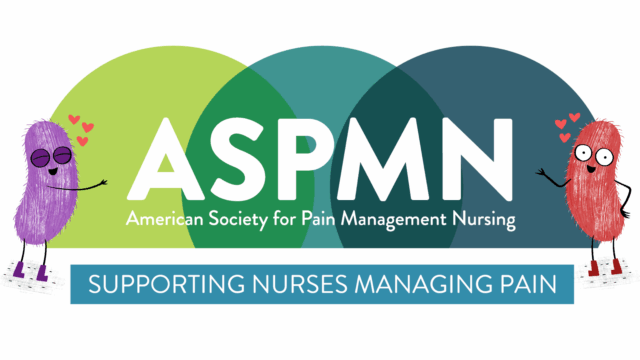
Blog Post
Empowering Nurses in Pain Care: How ASPMN Leads the Way
The American Society for Pain Management Nursing (ASPMN) empowers nurses to lead the way in compassionate, evidence-based pain care.
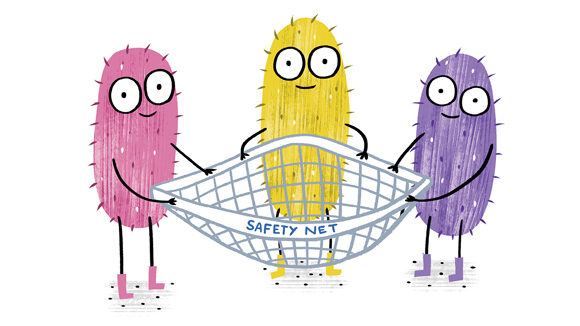
Blog Post
No Family Should Face This Alone
What would you give to keep a child from falling through the cracks? Right now, too many families are left behind—navigating pediatric care alone, often without insurance, support, or access to help.
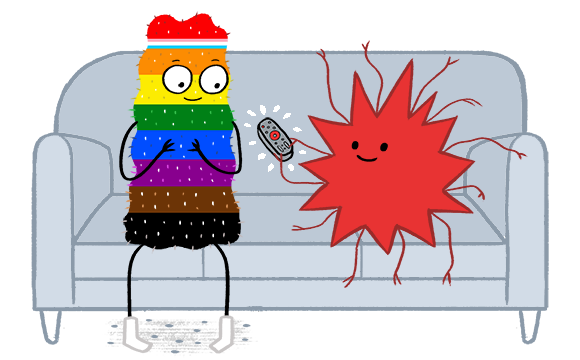
Blog Post
5 Ways Pain Affects the LGBTQIA+ Community
Pain isn’t just physical—it’s deeply shaped by who we are, how we see ourselves, and how the world treats us. For LGBTQIA+ individuals, understanding and addressing pain means recognizing the powerful role of identity, community, and inclusive, affirming care.
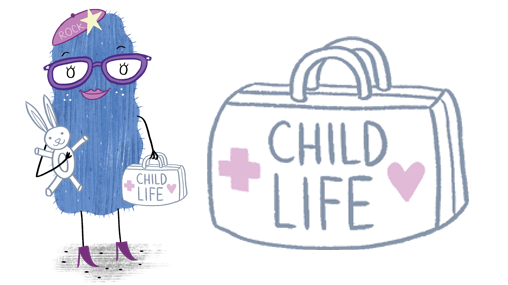
Blog Post
Helping Kids Cope? Yeah, It’s Kinda Our Thing
Child Life Specialists are the undercover superheroes of pediatric healthcare—and when they team up with the Meg Foundation? Let’s just say pain, fear, and anxiety don’t stand a chance.

About the Author
Dr. Jody Thomas is a licensed clinical psychologist, and specialist in pediatric medical illness and trauma. A well-known expert in pediatric pain who teaches internationally on the subject, she is also a founder and the former Clinical Director of the Packard Pediatric Pain Rehabilitation Center at Stanford, and a former Assistant Professor at the Stanford University School of Medicine. Though she now lives in Denver, CO, she still serves as Adjunct Faculty for Stanford, providing supervision and teaching. As a consultant for the Lucile Packard Children’s Hospital at Stanford, she directs projects on the integration and innovation of pain management using tech-based intervention. Her passion for bringing together the power of medical science, technology and design to transform the way we think about kids and pain led her to her current focus but it’s her role as a mom of two that solidified her path in creating the Meg Foundation.
